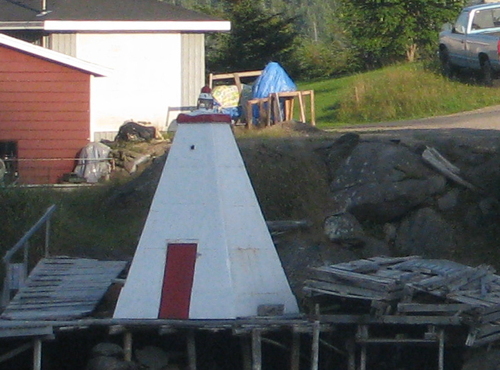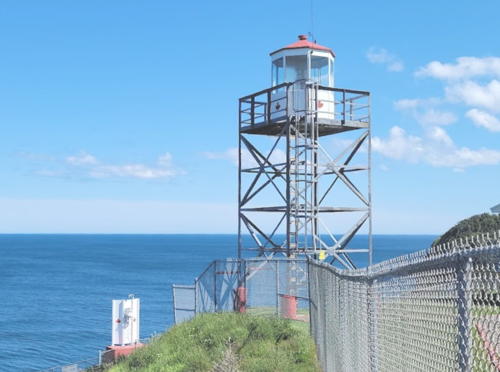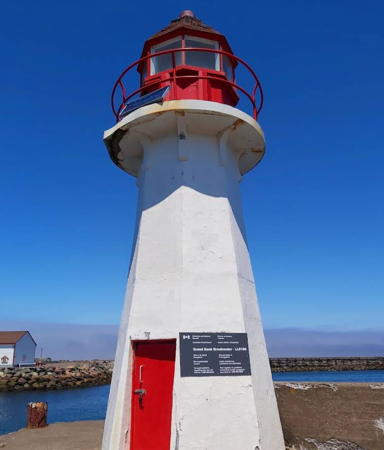Newfoundland and Labrador -- including both the Island of Newfoundland and the mainland territory of Labrador -- is the easternmost province of Canada. During the 17th century Newfoundland attracted both French and British fishermen, but France ceded its settlements to Britain in 1713. Long governed as a British colony, Newfoundland became a self-governing dominion under the British Crown in 1907 but gave up its dominion status in 1934, during the Great Depression. Newfoundland then joined Canada as the tenth province in 1949 following a referendum the previous year. The name of the province was changed from Newfoundland to Newfoundland and Labrador in 2001.
The north coast of the Island of Newfoundland faces the Labrador Sea and the east and south coasts face the open North Atlantic Ocean. The west coast faces the Gulf of Saint Lawrence. The Cabot Strait separates Newfoundland from Nova Scotia to the southwest and the Strait of Belle Isle separates the Island of Newfoundland from Labrador on the northwest. This page lists lighthouses of the deeply-dissected southeastern corner of Newfoundland: the Bonavista, Bay de Verde, Avalon, and Burin Peninsulas. Lighthouses of the rest of the island are on the Southwestern Newfoundland and Northern Newfoundland pages.
Having a rocky and much-indented coast, Newfoundland established a large number of light stations, many of which remain active today. Until quite recently nearly all the lighthouses remained in the care of the Canadian Coast Guard's Newfoundland and Labrador Region. Now preservation organizations are beginning to appear in many communities.
Newfoundland is accessible by air and by Marine Atlantic ferries from North Sydney, Nova Scotia. Ferry service is available year-round between North Sydney and Port aux Basques and in the summer between North Sydney and Argentia.
CCG numbers are from the Newfoundland volume of the List of Lights, Buoys, and Fog Signals of Fisheries and Oceans Canada. ARLHS numbers are from the ARLHS World List of Lights. Admiralty numbers are from Volume H of the Admiralty List of Lights & Fog Signals. U.S. NGA numbers are from Publication 110.
- General Sources
- Newfoundland Canada Lighthouses
- Photos and information posted by Kraig Anderson.
- Newfoundland Lighthouses
- Photos by Karen Chappell and Joe Dawson.
- Newfoundland Lighthouses
- 10 fine photos by Karl Josker.
- Lighthouses of Newfoundland and Labrador
- Photos available on Flickr.com.
- Litehouseman's Newfoundland Lighthouses
- A fine collection of 37 photos by "Litehouseman."
- Photos by Roger Etcheberry
- Newfoundland lighthouse photos posted on MarineTraffic.com
- Lighthouses in Newfoundland and Labrador
- Photos available from Wikimedia.
- Online List of Lights - Newfoundland - East Coast, Avalon Peninsula, Southeast Coast, and Southwest Coast
- Photos by various photographers posted by Alexander Trabas. Photos for this area are by Brigitte Adam and Douglas Cameron.
- Leuchttürme Kanadas auf historischen Postkarten
- Historic postcard views posted by Klaus Huelse.
- List of Lights, Buoys, and Fog Signals
- Official Canadian light lists.
- GPSNauticalCharts
- Nautical chart for Newfoundland.

Cape Pine Light, Trepassy, October 2022
ex-Instagran photo by Dan Snyder
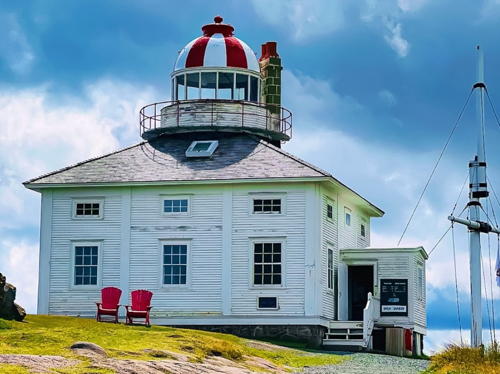
1836 Cape Spear Light, St. John's, November 2024
Instagram photo by Xploring Horizons
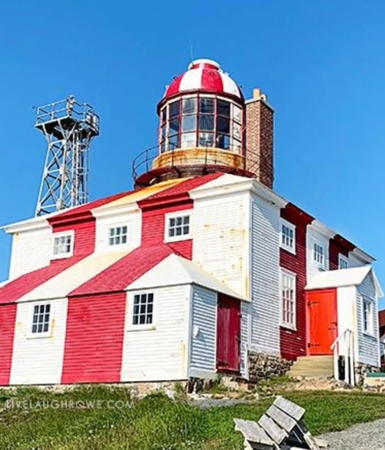
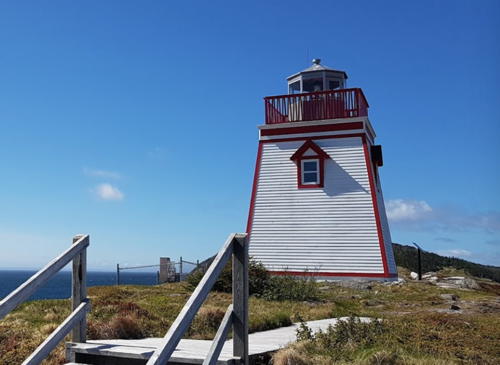
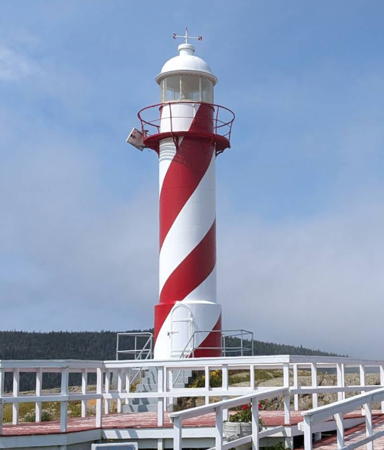

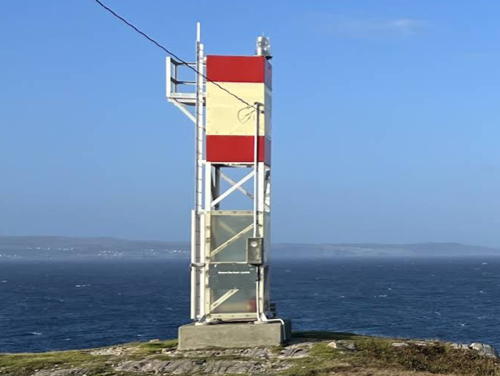



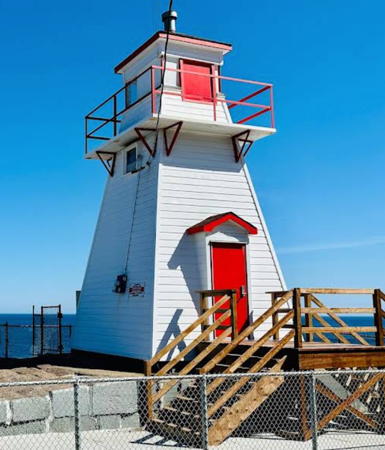



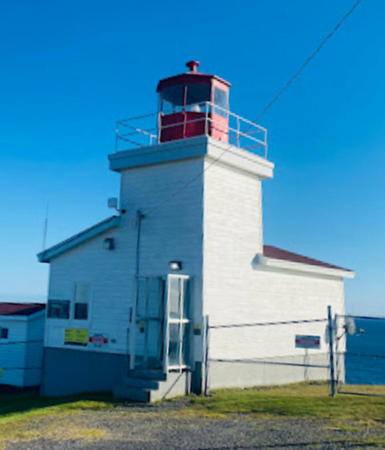
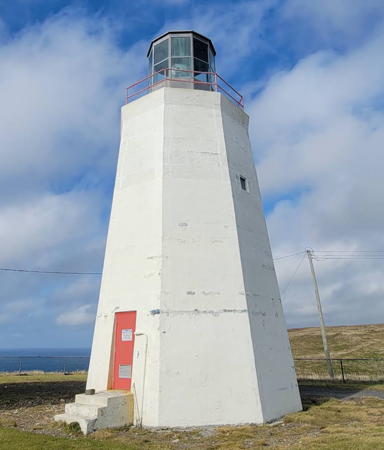
NFLE.jpg)
